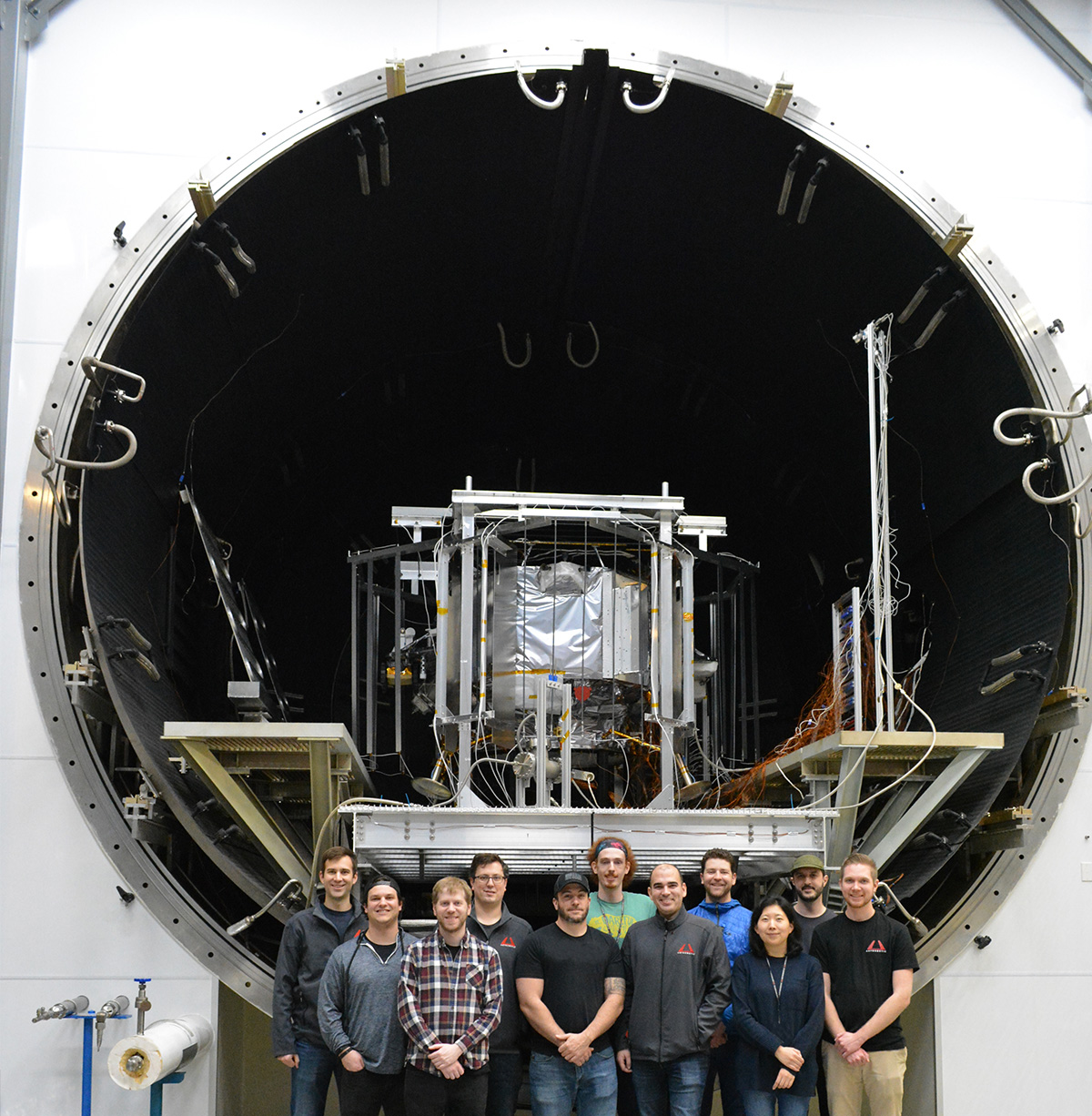NASA and Astrobotic have decided to change the landing site of the Peregrine spacecraft. Instead of the Lacus Mortis, it will sit near the Gruithuisen Domes.
Peregrine’s Target
Peregrine is designed to deliver cargo to the Moon. Its height is 1.9 m, width — 2.5 m, weight (including fuel) — 1280 kg. It is equipped with five engines designed to perform maneuvers in interplanetary space and a soft landing on the lunar surface. The device has many ports designed to accommodate various scientific equipment. In total, Peregrine can carry a payload weighing up to 265 kg.

As part of its first mission, Peregrine will deliver 24 cargo to the Moon. About half of them are provided by NASA, and the rest are provided by various commercial customers.
New Peregrine landing site
Until recently, the landing site of Peregrine was the Lacus Mortis: a basalt plain located in the northeastern part of the visible side of the moon. This region was chosen as a relatively safe landing site, which had not previously been studied by other missions.

However, NASA recently announced a change in the landing site of the spacecraft. Instead of the Lacus Mortis, it will land near the Gruithuisen Domes, located on the northeastern edge of the Oceanus Procellarum, or Ocean of Storms. These formations are volcanic domes. They arose as a result of the release of viscous lava containing a large amount of silicon. Unlike the much more mobile basalt lava, which easily spreads and floods the surrounding area (this is how the famous lunar seas were formed), silicon often freezes in the mouth of the volcano before the end of the eruption, thereby stopping it. A plugged volcano swells, which eventually leads to the formation of a dome.

In the future, NASA is going to deliver to the Gruithuisen Domes a set of scientific instruments called Lunar-VISE. Its measurements will help scientists determine the mechanism of the origin of silicon lava on the Moon. To better prepare for this mission, NASA decided to conduct a preliminary exploration of the Gruithuisen Domes using Peregrine. According to the representatives of the organization, this will increase the scientific return from the device and at the same time will not entail additional risks.
Recall that in January 2023, Peregrine successfully completed tests and was declared fit for flight. Currently, the spacecraft is located at Astrobotic headquarters awaiting transportation to Cape Canaveral, from where it will be launched using the new Vulcan rocket. It is expected that this will happen in the coming months, but the exact date remains unknown.
According to https://spacenews.com
Follow us on Twitter to get the most interesting space news in time
https://twitter.com/ust_magazine

